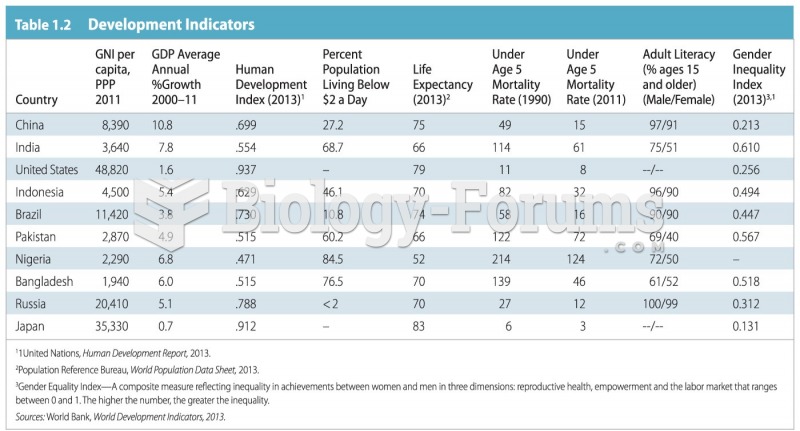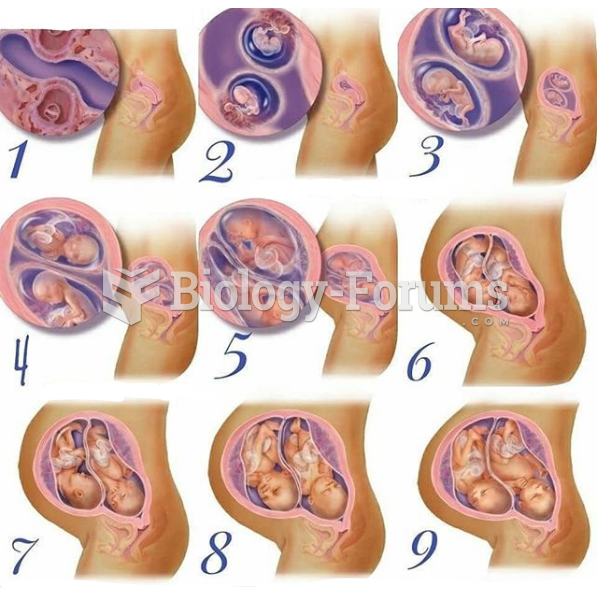Answer to Question 1
ANS: A
Goals of historical research are increased self-understanding and a better understanding of one's profession. Historians assume that there is nothing new under the sun, so do not look for new ways, but use history to discover lessons learned. Rather than describe particulars of a process, it seeks to discover new answers to old questions. Qualitative approaches embrace the belief that there is not a single reality. Reality is different for each person and changes over time.
One goal of historical research is increased self-understanding.
Historians assume that there is nothing new under the sun, so do not look for new ways, but use history to discover lessons learned.
Historians assume that there is nothing new under the sun, so do not look for new ways, but use history to discover lessons learned.
Answer to Question 2
ANS: A
The validity and reliability concerns in historical research are related to the sources from which data are collected. The most valued source of data is a primary source, or original works written by a person who actually experienced the event.
This is an untrue statement. Although terms may vary in different types of research, in historical research, the sources from which data are collected are important indicators of validity and reliability. The validity and reliability concerns in historical research are related to the sources from which data are collected. The most valued source of data is a primary source.
Validity and reliability mean that the researcher has evaluated the sources used in the study and discarded ones not determined accurate. The validity and reliability concerns in historical research are related to the sources from which data are collected. The most valued source of data is a primary source.
Using another person's opinion or interpretation about the subject is not as useful as using something written from the initial source. Secondary sources are not as valued as primary ones. The validity and reliability concerns in historical research are related to the sources from which data are collected. The most valued source of data is a primary source.







